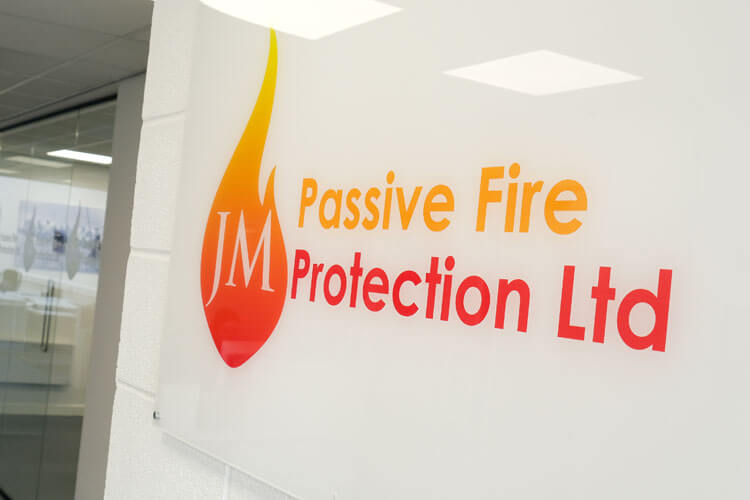
Insulation Explained
Insulating your home prevents heat from escaping or entering by creating a physical barrier between the two temperatures. For example, in the winter you want the heat to stay indoors, but in the summer you want to keep the heat outside.
There are also different areas in your building where insulation can be installed to prevent heat gain or the loss of heat.
For roofs, insulation materials can be applied outside or inside. The method that is most appropriate will depend on your roof and your preference. For example, insulating the roof from the outside means there is no disruption inside the house and can prevent heat loss from thermal bridges. However, it is more expensive than interior insulation and can cause damp problems.
A good tip for roof insulation is to consider whether your attic or loft is an active living space. If it is not, consider insulating the floor of the attic to insulate the heat in your main house.
For walls, insulation materials can also be applied internally, externally, or as a cavity wall. The key advantage of external insulation is that the layer can be thick as no internal space is lost within the house. However, this is an expensive method as new cladding and materials are required once the insulation is installed.
Cavity wall insulation is a popular choice as it involves filling the gap between the internal and external wall, known as the wall cavity, with insulation material. This can be injected into the space from the outside to cause minimal disruption.
Internal wall insulation is only done if the previous two options are not feasible, this is because it is a disruptive process. It should be noted that houses built from the 1990s and onwards already have wall insulation built into them.
As for floor insulation, generally, you only need to do this on the ground floor especially due to the disruptiveness of the work. The main exception to this is for rooms above spaces such as basements and cellars as these can be built from underneath. However, it is also an option for rooms that are situated above those that are unheated such as garages.
The Benefits
Insulating your home is an easy and effective solution to cut your energy consumption, which in turn reduces the potential costs you’d be spending. There are many benefits to have insulation installed into your home, so here are just some of them.
The first and foremost reason for installing insulation is that it can cut down on your energy bills by reducing your heating costs and energy wastage. For example, the Energy Saving Trust found that installing £300 of roof insulation to a semi-detached house can save £150 per year on the energy bill.
Insulation can also help prevent condensation which could lead to mould and mildew growth, as well as corrosion to the pipework. Condensation can damage the performance of these systems which can lead to costly repairs.
Installing insulation cuts your carbon footprint, as it offers an excellent thermal performance by containing the desired temperature levels inside your home. This reduces the amount of heat that escapes from your house, especially when you consider that 25% of the heat from your boiler becomes lost through the roofs of uninsulated homes.
Insulation also quickly pays for itself, with it usually taking between 6 months and 2 years for you to see a return on investment.
The last benefit is that when used in conjunction with other materials, insulation can offer a degree of fire protection. You will find this especially with insulation that is made of fibreglass and mineral wool, as it is non-combustible.

How We Can Help
At JM Passive Fire Protection, we specialise in passive fire protection services and the safe installation of products, including insulation materials. No matter if you’re wanting to enjoy energy savings or simply cut your carbon footprint, we can install the insulation material to your house with a professional and tailored service.
Why Choose Us?
We have over 20 years of experience with passive fire protection, so you can rest easy knowing that we are a knowledgeable and expert team using high-quality products that can cut the amount of heat lost in your home. We pride ourselves on our attentiveness and ability to deliver a result that you are happy with.
We have worked on a variety of different projects including both domestic and non-domestic buildings, so if you would like to see more details on our work, please see our selection of case studies.

Frequently asked questions
Will insulation help to improve my home's energy efficiency by a lot?
If your insulation is installed properly, it can make your home significantly more energy-efficient. For example, correctly installed cavity wall insulation can save up to 15% on your heating. Therefore, always make sure your insulation is installed by a reputable professional.
What are the different types of thermal insulation?
The most common thermal insulation materials include fibreglass, rock wool, sprayed foam, cellulose, and polystyrene.
Do I really need external wall insulation in my home?
It is not essential as there are other alternatives, but if your house was built before the 1920s, you may not have a cavity wall so external insulation is likely to be your best option.
How long does it take to fit insulation?
This will depend on where the insulation is being fitted and what method is being used. But generally speaking, the installation will take between a day and a week.
